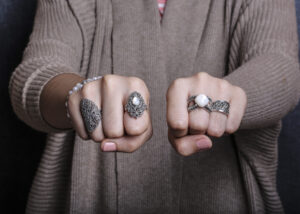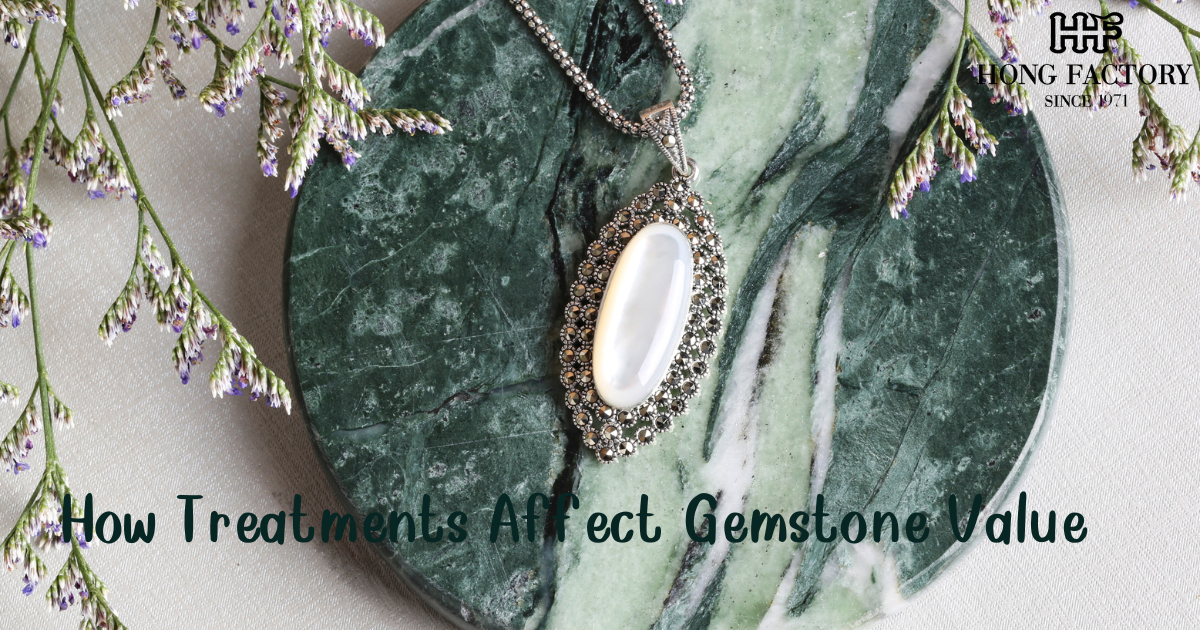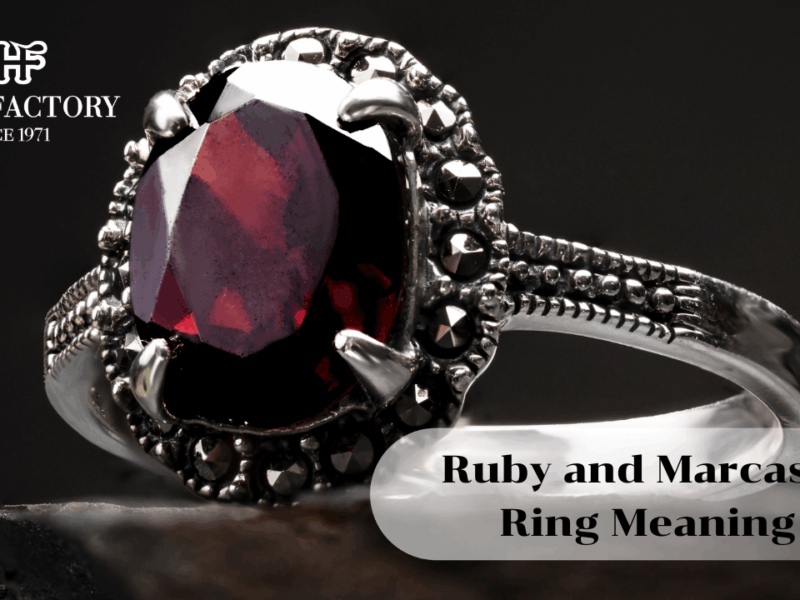Gemstone treatments have been a significant part of the jewelry industry for centuries. These treatments enhance a gemstone’s appearance, improving its color, clarity, and durability. However, while treatments can make a gemstone more visually appealing, they also affect its value. Gemstone Value
Understanding how different treatments impact the pricing and desirability of gemstones is essential for buyers, sellers, and collectors. This article explores the most common gemstone treatments, their influence on value, and how the gemstone market perceives them.
How Treatments Affect Gemstone Value

Common Types of Gemstone Treatments
Gemstones undergo various treatments to enhance their visual properties. Below are some of the most widely used treatments:
1. Heat Treatment
One of the most common treatments, heat treatment is used to improve a gemstone’s color and clarity. This process is particularly common in sapphires, rubies, and topaz. The heat alters the internal crystal structure, enhancing the vibrancy of the stone. Gemstone Value
- Effect on Value: While heat-treated gemstones are generally less valuable than untreated stones, they are still widely accepted in the industry. Their price is determined by the extent of enhancement and overall quality. In many cases, heat treatment is considered a standard and acceptable practice.
2. Irradiation
Irradiation is used to enhance or change the color of gemstones. For example, blue topaz is often treated with radiation to achieve its vivid hues. Gemstone Value
The process involves exposing the gemstone to high-energy radiation, which alters the arrangement of atoms within the stone, leading to changes in color.
- Effect on Value: Irradiated gemstones may be priced lower than naturally colored stones due to concerns about stability and authenticity. However, many treated stones still hold significant market value, especially if their color enhancement is permanent and stable.
3. Fracture Filling
This process involves filling cracks or fractures in gemstones with substances like glass, resin, or oil to improve clarity. Emeralds and diamonds are commonly treated this way to mask imperfections.
- Effect on Value: Fracture-filled gemstones have significantly lower value compared to untreated stones, as the filling materials can degrade over time. Transparency about treatment is essential when buying or selling such gems, as filled gemstones require extra care to avoid damage.
4. Dyeing
Dyeing enhances or changes the color of gemstones, commonly applied to jade, turquoise, and pearls. The process involves infusing a gemstone with color to achieve a more uniform or vibrant appearance.
- Effect on Value: Dyed gemstones tend to have lower market value since their colors are not naturally occurring. Their appeal lies more in aesthetics rather than investment potential, as dyes can fade over time or be removed with exposure to heat or chemicals.
5. Coating
A thin layer of film or polymer is applied to gemstones to alter their color or add luster. This treatment is often used on quartz and topaz to create vibrant, iridescent colors.
- Effect on Value: Coated gemstones typically have lower value due to concerns about longevity and potential fading over time. The coating may wear off with regular use, diminishing the gemstone’s appearance and desirability.
6. Beryllium Diffusion
This process involves diffusing beryllium into the gemstone at high temperatures to enhance color. It is often used for sapphires to create deeper and more saturated hues.
- Effect on Value: Diffusion-treated gemstones are generally less valuable than naturally colored stones because the enhancement only affects the surface layer. If the stone is chipped or recut, the enhanced color may diminish.
How Treatment Affects Pricing and Investment

The market value of a gemstone depends on several factors, including whether it has been treated and the type of treatment applied.
1. Market Perception and Consumer Trust
Consumers tend to place higher value on untreated gemstones, considering them more natural and rare. Disclosing treatments is crucial to maintaining transparency and trust in the gemstone market.
Some treatments, like heat treatment, are widely accepted, whereas others, like dyeing and fracture filling, raise concerns about authenticity.
2. Durability and Longevity
Some treatments, such as heat treatment, have long-lasting effects and do not negatively impact durability. However, others, like fracture filling and dyeing, may degrade over time, reducing a gemstone’s lifespan and value. Buyers should consider how well a treated gemstone will hold up over years of wear.
3. Investment Potential
Untreated gemstones, particularly those with strong natural color and clarity, have higher investment value. Collectors and investors seek stones with minimal or no treatments, as they are more likely to appreciate in value over time. For example, untreated Burmese rubies and Colombian emeralds command exceptionally high prices.
4. Certification and Disclosure
Gemstone laboratories provide certification that specifies whether a gemstone has been treated. Institutions like the Gemological Institute of America (GIA) and American Gem Trade Association (AGTA) assess and disclose treatments.
Buyers should always request certification when purchasing high-value gemstones to verify authenticity and treatment status.
Ethical Considerations in Gemstone Treatments
With increasing consumer awareness, ethical sourcing and transparency in gemstone treatments have become more important.
Jewelers and retailers are expected to fully disclose treatments, ensuring customers make informed decisions. Ethically sourced gemstones that have undergone minimal treatments tend to attract higher value in today’s conscious market.
The Future of Treated vs. Untreated Gemstones

Advancements in technology continue to influence gemstone treatments, making enhancements more sophisticated and harder to detect.
However, there is a growing preference for untreated gemstones, especially among collectors and investors. As demand for authenticity increases, untreated and ethically sourced gemstones are expected to rise in value over time.
Gemstone treatments play a significant role in enhancing the beauty of gemstones, but they also influence value, durability, and investment potential.
While some treatments are widely accepted and have little impact on long-term value, others can drastically reduce a gemstone’s worth.
Buyers and investors should always inquire about treatments, seek certification from reputable gemological institutions, and consider long-term durability before purchasing gemstones. Transparency, ethical sourcing, and understanding the type of treatment used are crucial for making an informed gemstone purchase.


